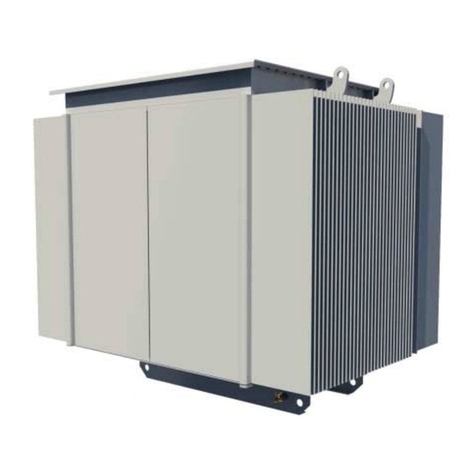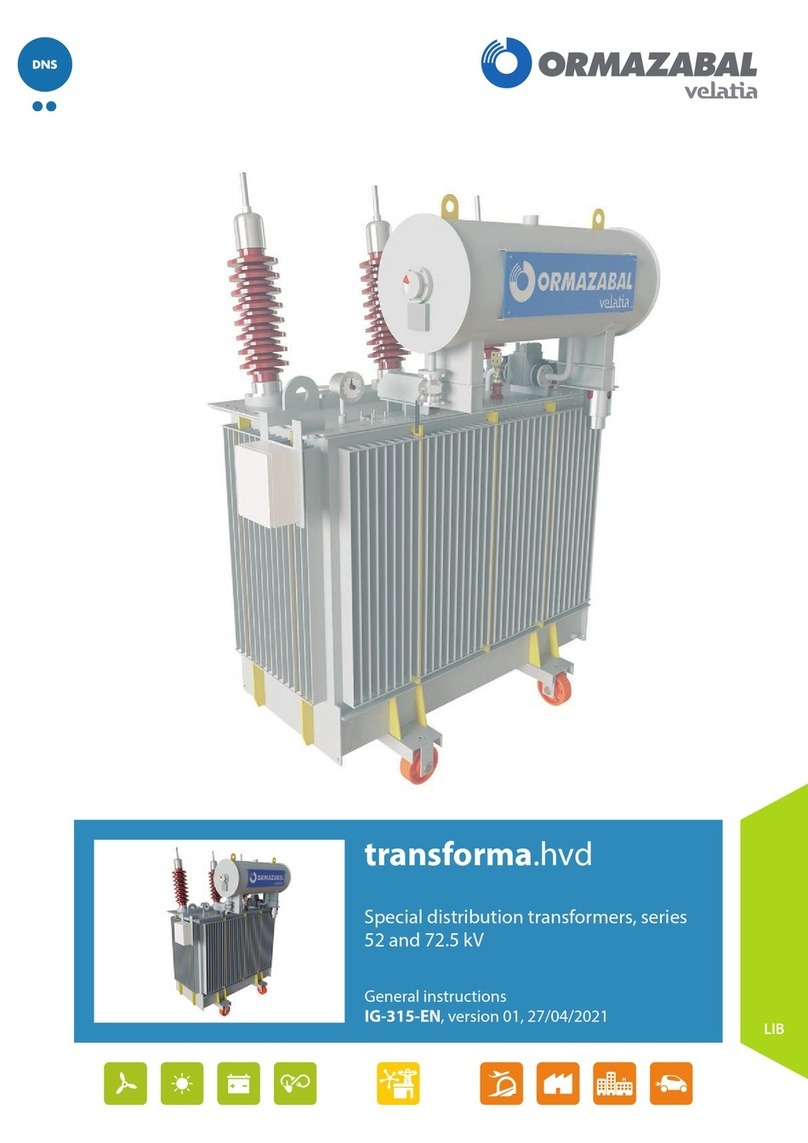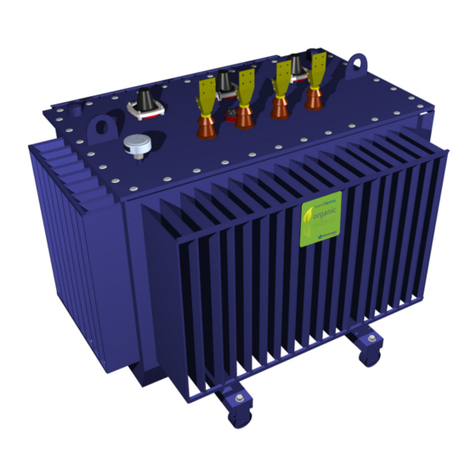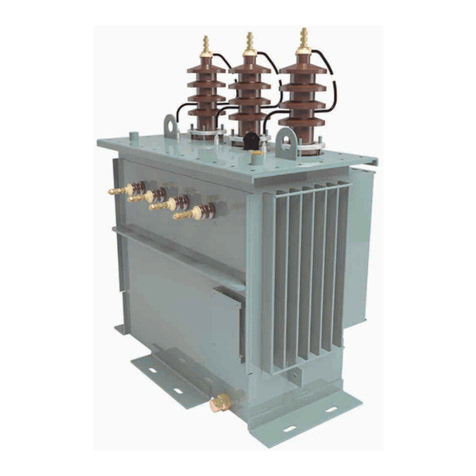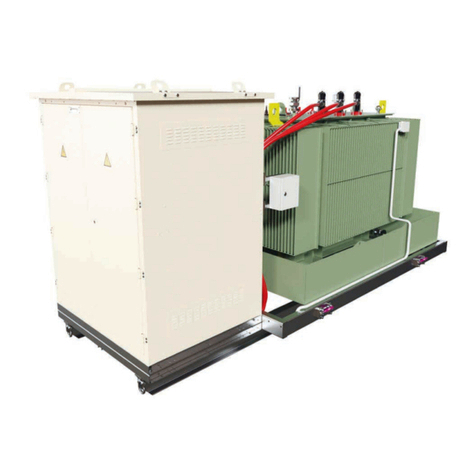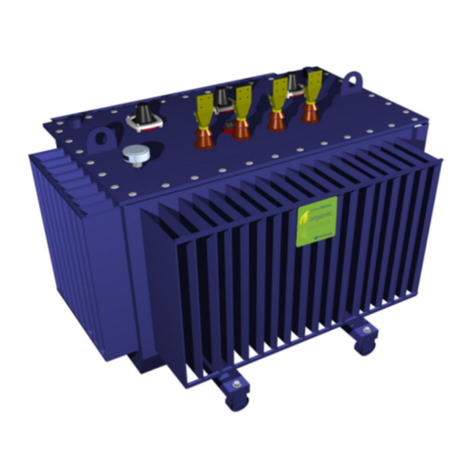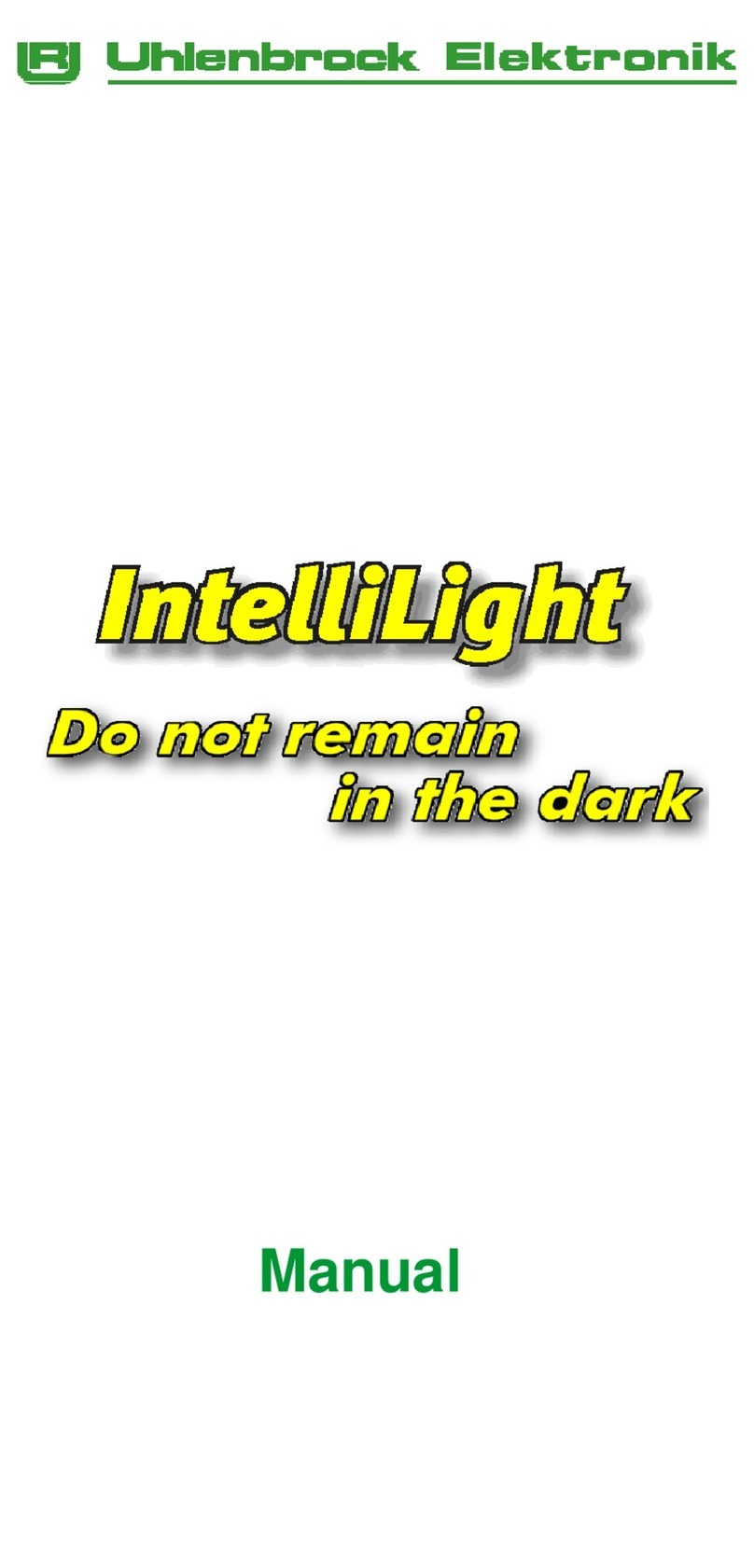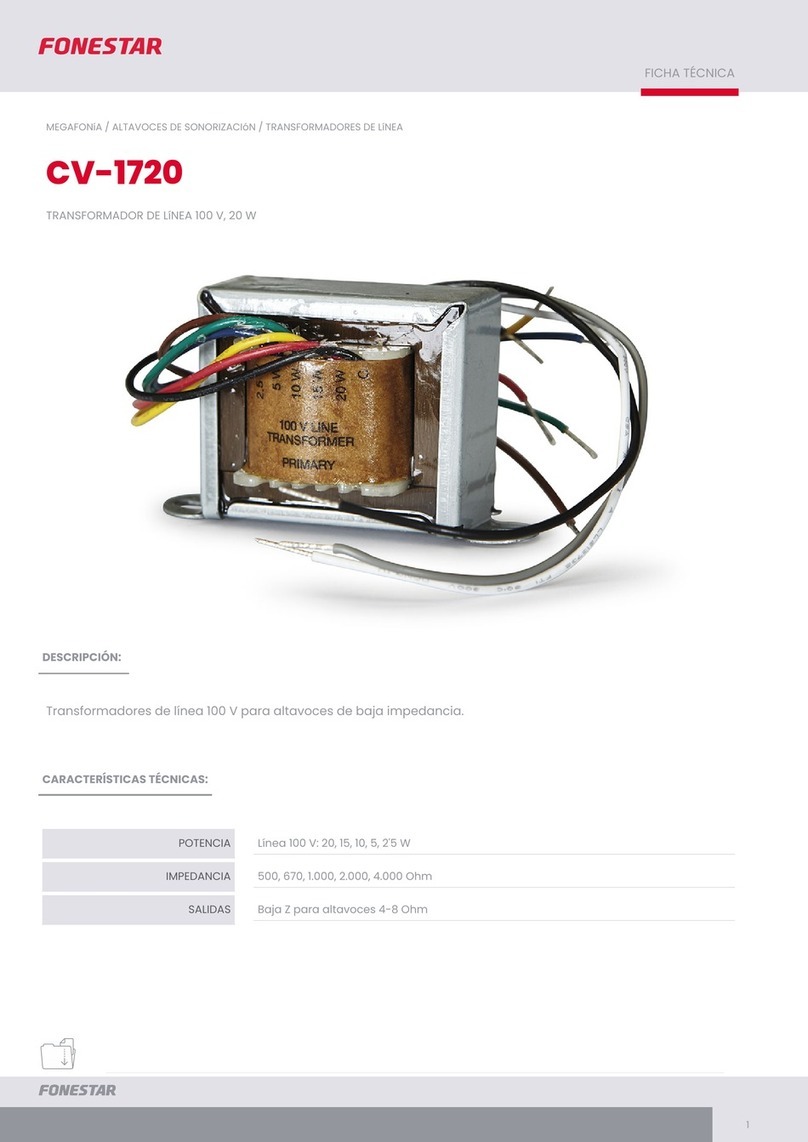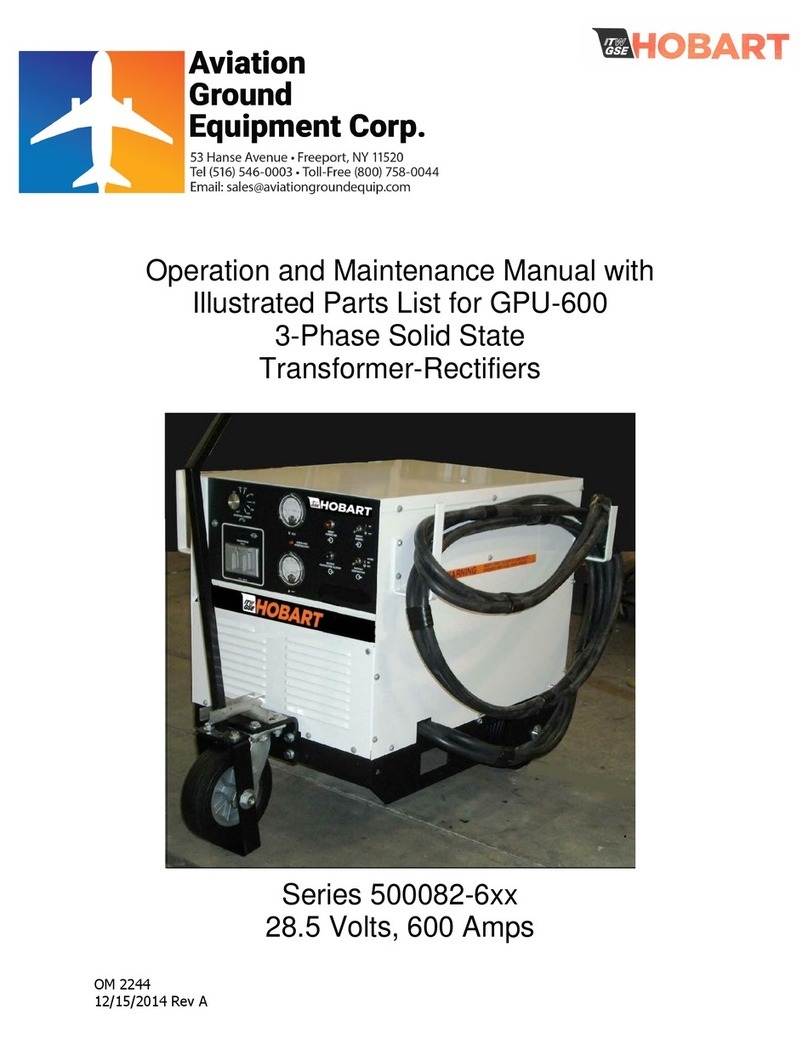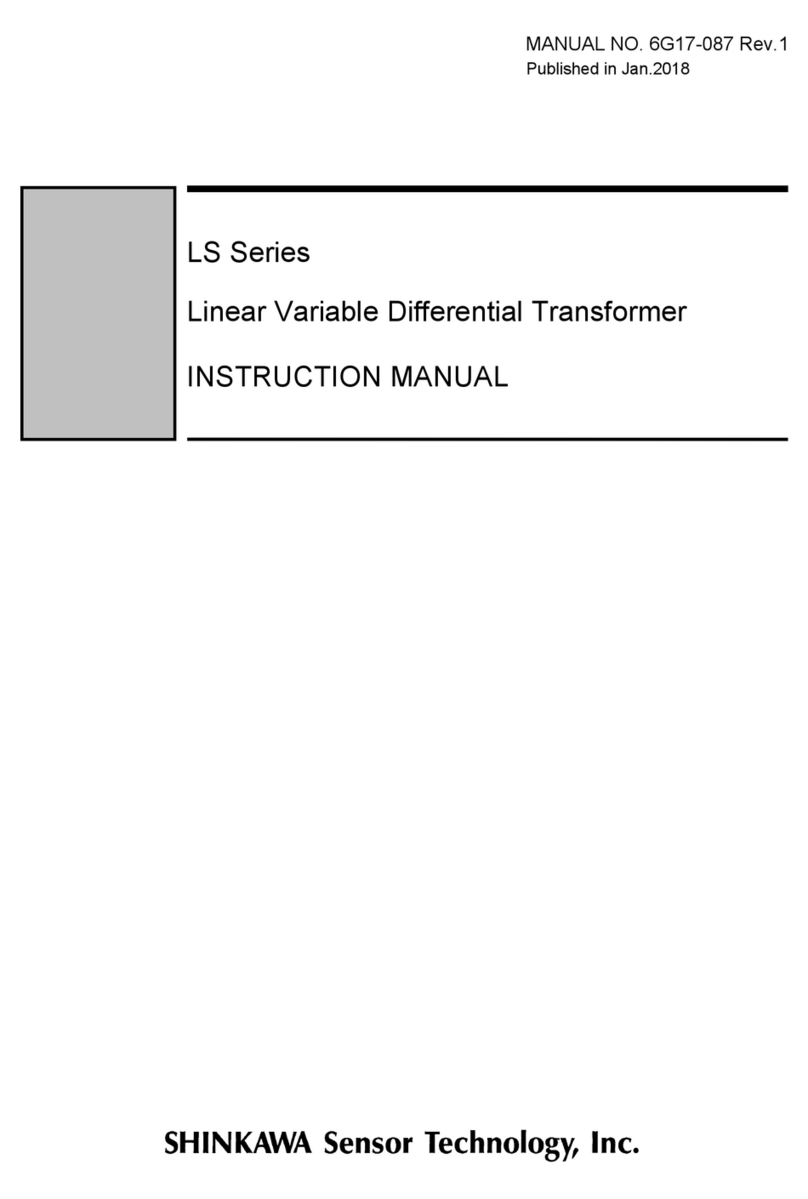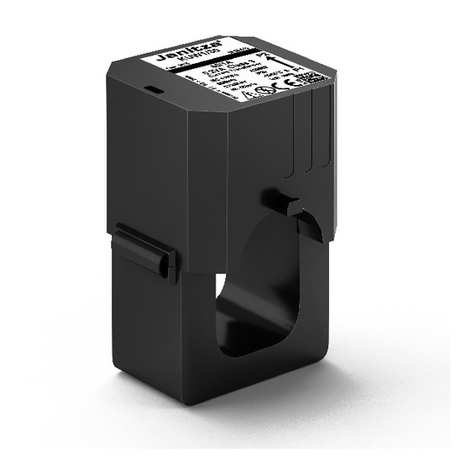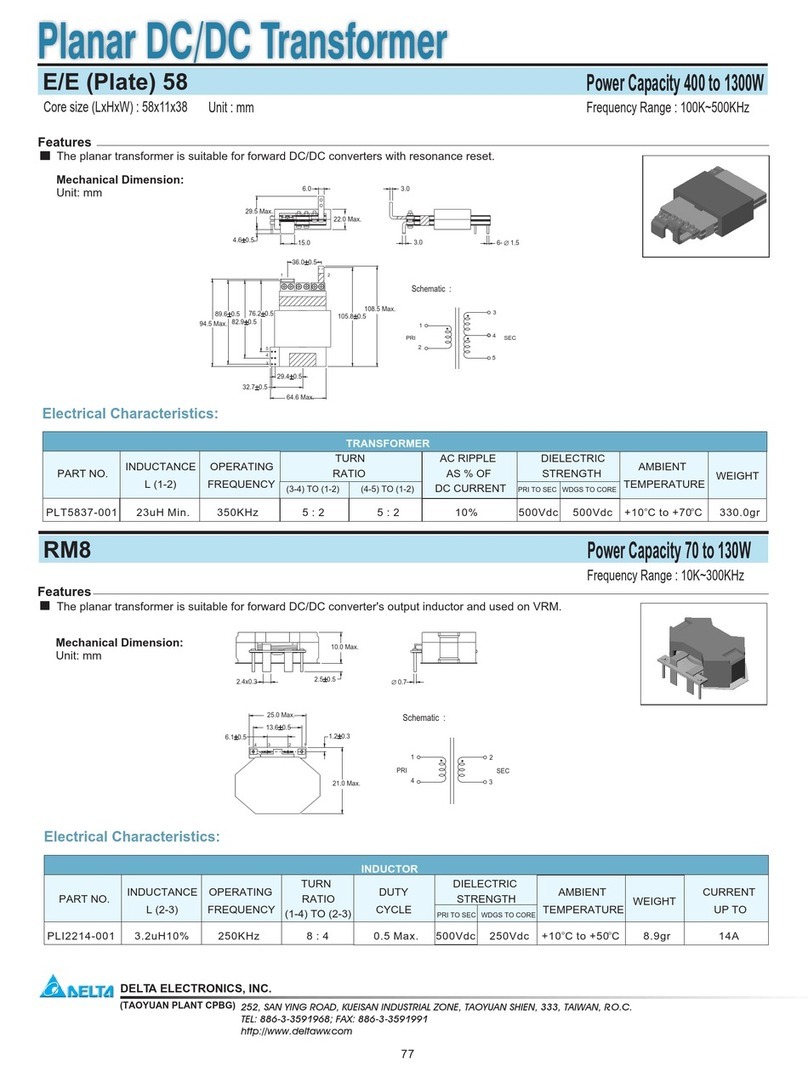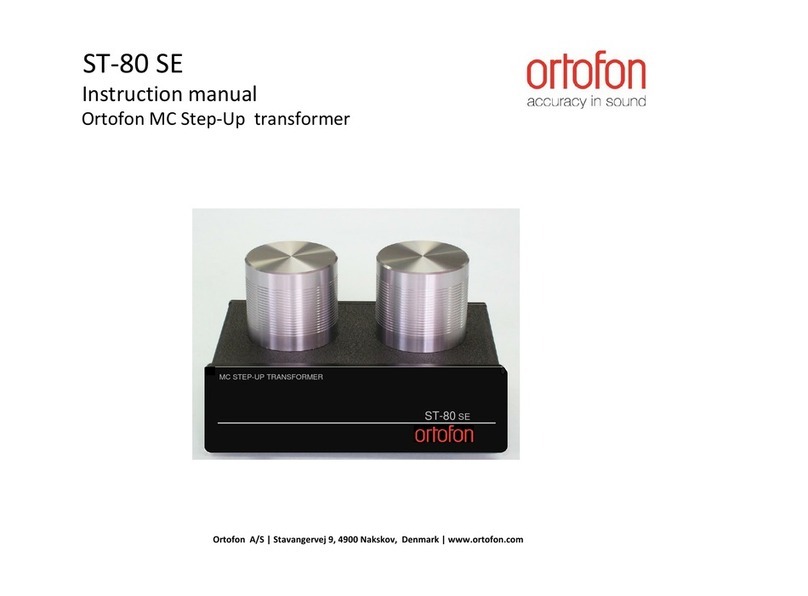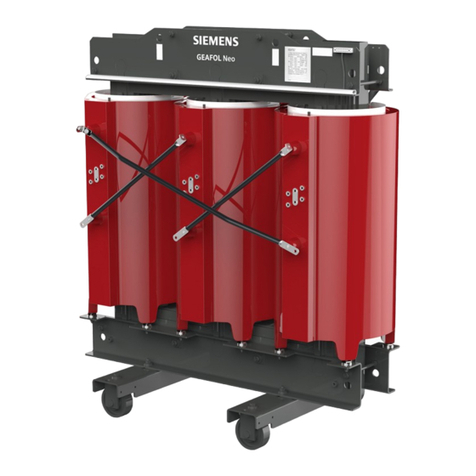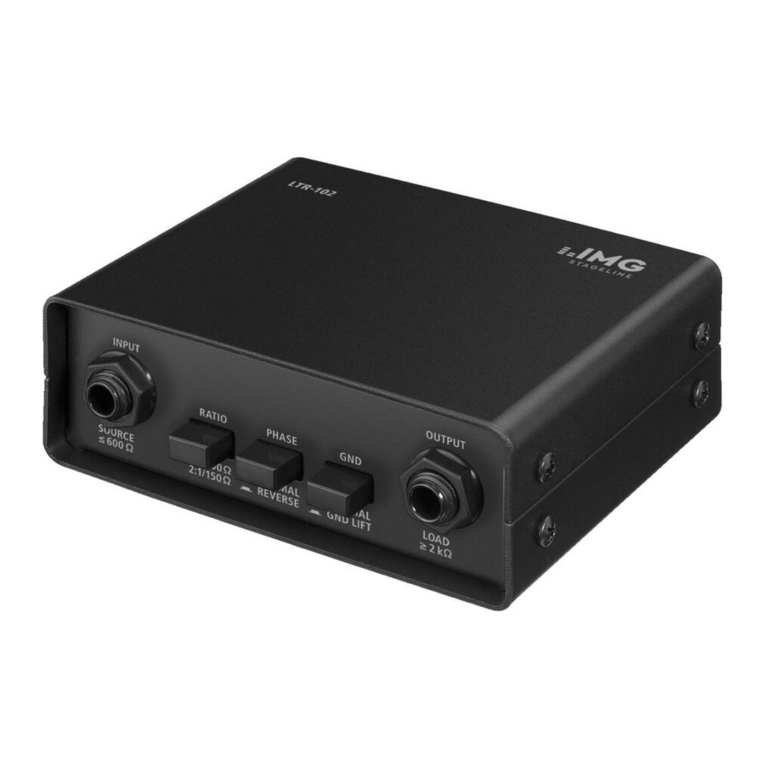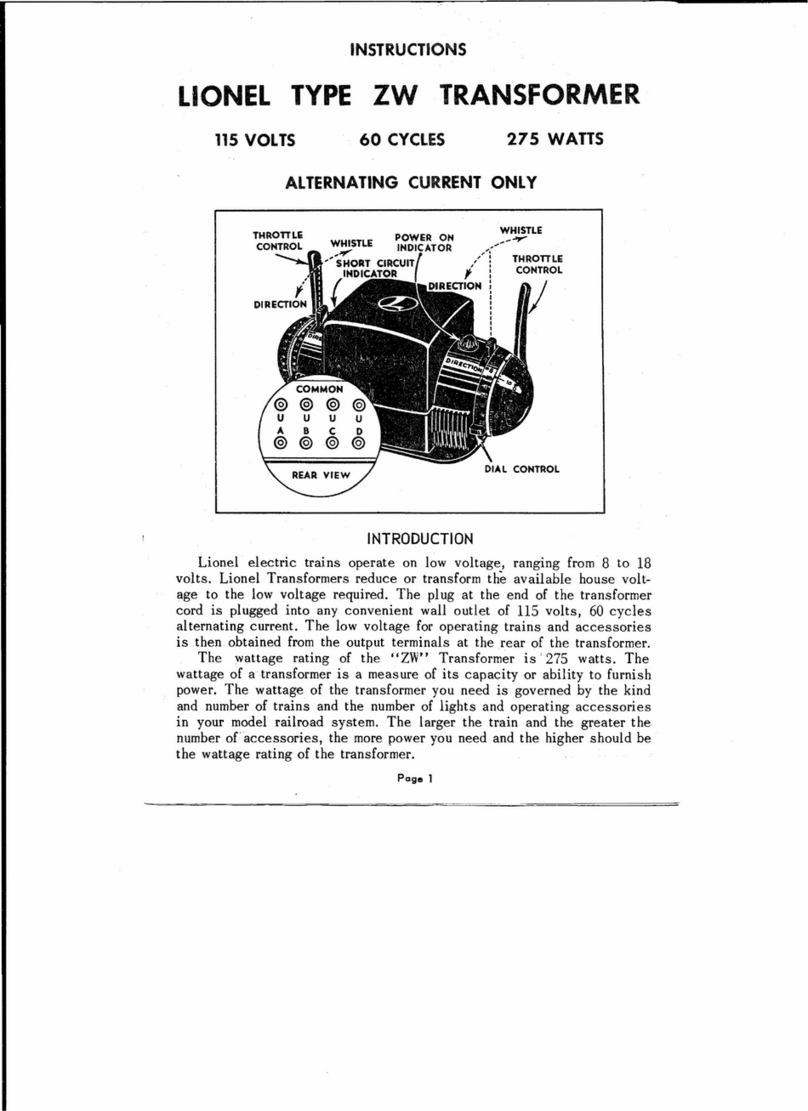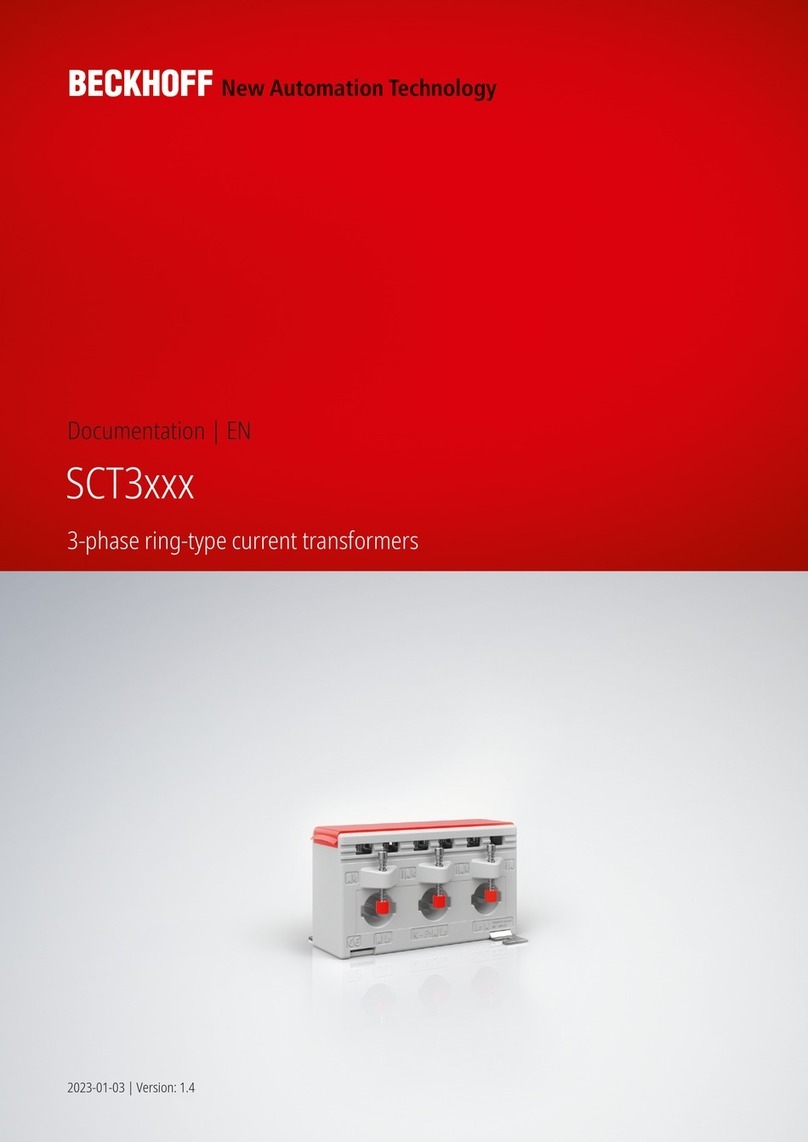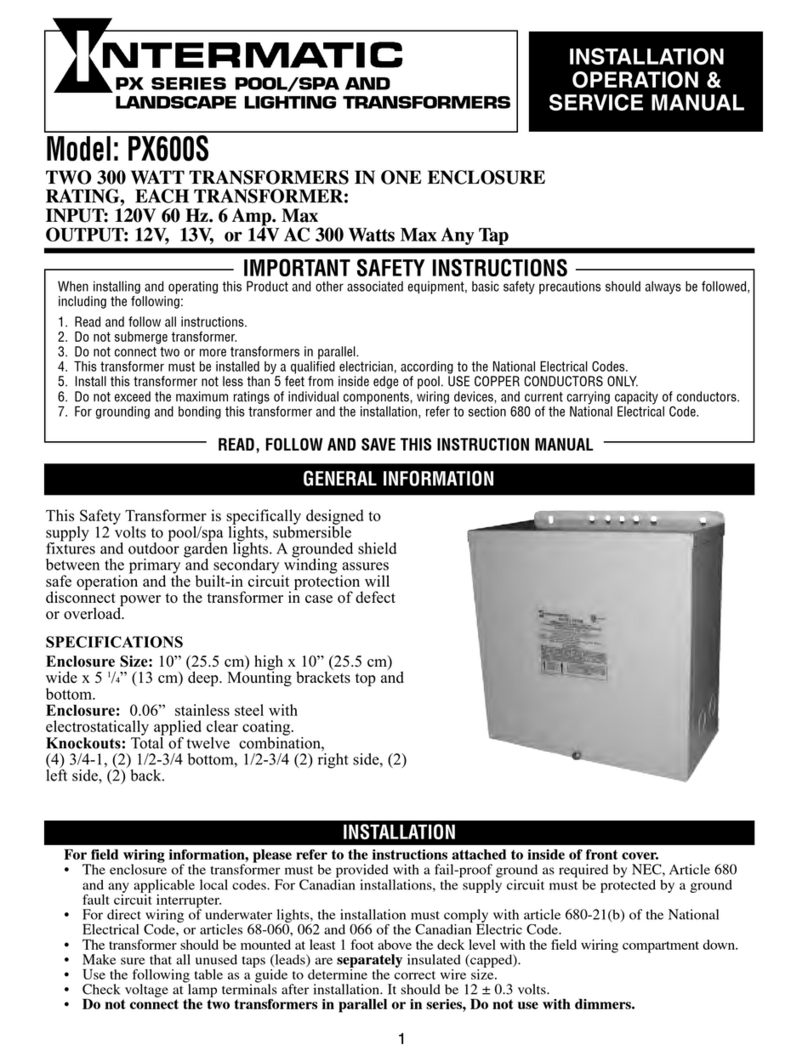
9
InstallationGeneral instructions
transforma.earth
IG-286-EN version 01
4 INSTALLATION
4.1 Reception of the earthing transformer
transforma.earth is supplied prepared for connection to medium
voltage (MV) and low voltage (LV) lines.
Upon receiving the earthing transformer (in the customer's
warehouse or in its final location place), it should be carefully
examined, paying special attention to the following aspects:
►The specifications of the earthing transformer
indicated on its «Name Plate» should match those on
the «Test Protocol», and these, in turn, with that
specified in the corresponding request order.
►Verify the general condition of the earthing
transformer and check that there are no dents,
especially on the refrigeration equipment and on the
medium voltage (MV) and low voltage (LV) insulator
bushings, if it has secondary winding.
►Verify that the earthing transformer includes all its
accessories (wheels, thermometer, etc.) checking that
these accessories are not damaged.
►Some accessories, like the silica gel dehydrator, the
wheels and/or the thermometer, can be removed for
transport. Other accessories, like the Buchholz relay or
the overpressure relay relief valve, can be locked to
avoid their activation during transport. In both cases, it
is important to install them and/or unlock them before
they are put into service.
In the event any accessories are lost or missing, as well
as if they are damaged, immediately notify the shipper
or Ormazabal.
►The earthing transformer seals should be intact and
should not have been tampered with.
IG168-005
Fig. 4.1: Detail of the earthing transformer seal
4.2 Installing the earthing transformer
The placement location for the earthing transformer, for
exterior as well as interior installation, should allow for
adequate cooling.
The conditions of the placement location for the earthing
transformer and its design, for both technical reasons as well as
for the protection and safety of people and property, are defined
in legislation regulations in force specific to the installation area,
as well as specific standards related to the installation area.
If the earthing transformer is to be installed inside, a horizontal
base should be prepared that supports it, keeping in mind its
total weight as indicated on its «Name Plate».
The wheels on the earthing transformer must be immobilized
to avoid them from moving during its operation.
Tampering with or breaking a seal voids the warranty
on the earthing transformer and Ormazabal’s
responsibility.
If an anomaly is detected upon receiving the earthing
transformer, contact Ormazabal immediately. If,
within a period of 15 days, Ormazabal has not
received a report of any anomalies or defects found, it
is understood that the earthing transformer has
arrived at its destination in perfect condition, and
Ormazabal shall not be responsible for subsequent
anomalies and their consequences.
Poor ventilation of the earthing transformer may
cause unsuitable overheating of the same.
